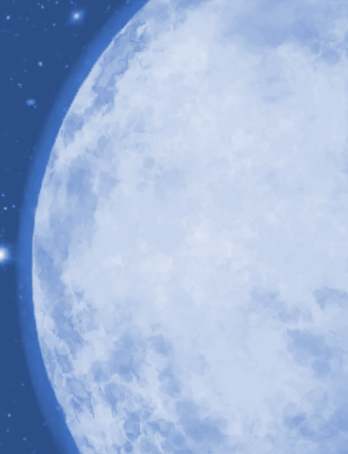Detailed star-sweep coming
 NASA has backed one of the most precise tools ever built for detecting new planets outside our solar system.
NASA has backed one of the most precise tools ever built for detecting new planets outside our solar system.
Macquarie University’s Dr Christian Schwab led the optical design of the NEID spectrometer - a new tool for the discovery of exoplanets.
The system features precision optics in a custom vacuum chamber to bring the full light spectrum, spanning from the UV to the near-infrared, into sharp focus on NEID's 81 Megapixel detector.
NEID will discover exoplanets by measuring the minute gravitational tug of these planets on their host star.
Even tiny ‘wobbles’ under 25 centimetres per second can be measured by NEID. Jupiter for example induces a 13 metre per second wobble on our Sun, but the Earth induces a wobble of only about 9 centimetres per second.
“We kept tweaking the optics to get the utmost precision, which is crucial to tease out the tiny signals of rocky planets orbiting stars in our solar neighborhood,” says Dr Schwab.
“Seeing a lot of hard work by a great team come together, seeing the spectrograph collect starlight, and produce some of the highest precision spectra we've ever recorded, is really exciting.”
The design has now become a blueprint for future instruments - and a small scale copy has recently been installed at Macquarie University's campus observatory, enabling students to observe larger exoplanets as part of their practical training.
“We are proud that NEID is available to the worldwide astronomical community for exoplanet discovery and characterization,” said Jason Wright, professor of astronomy and astrophysics at Penn State and NEID project scientist.
“I can't wait to see the results we and our colleagues around the world will produce over the next few years, from discovering new, rocky planets, to measuring the compositions of exoplanetary atmospheres, to measuring the shapes and orientations of planetary orbits, to characterization of the physical processes of these planets' host stars."
John Callas, NN-EXPLORE project manager for NASA’s Exoplanet Exploration Program at the agency’s Jet Propulsion Laboratory (JPL), says “NEID represents the state of the art in Doppler spectroscopy radial velocity detection and characterisation of exoplanets.
“NEID will push the existing boundaries for searching for smaller exoplanets, probing beyond the challenges that have limited past generations of RV spectrographs.”








 Print
Print